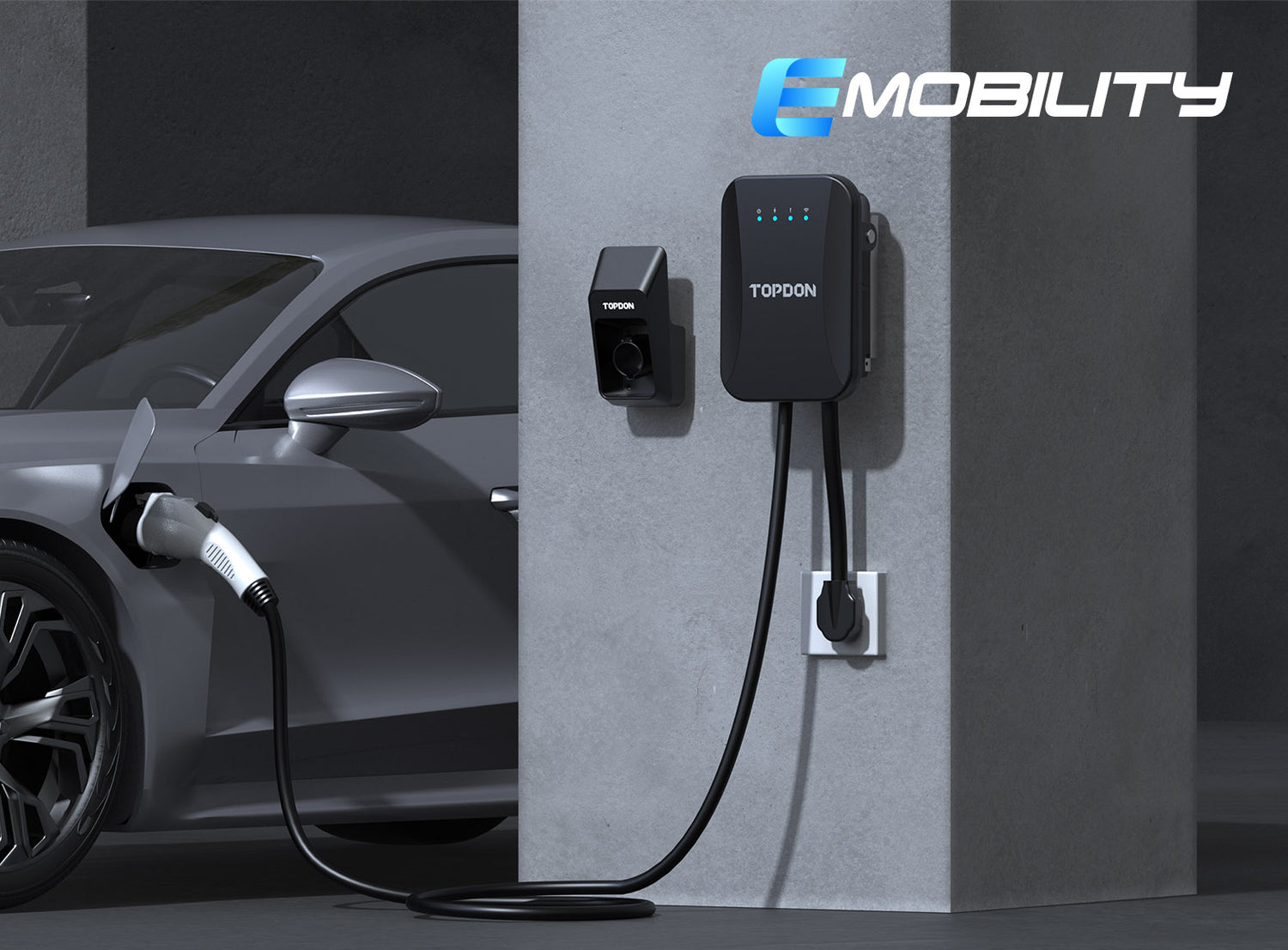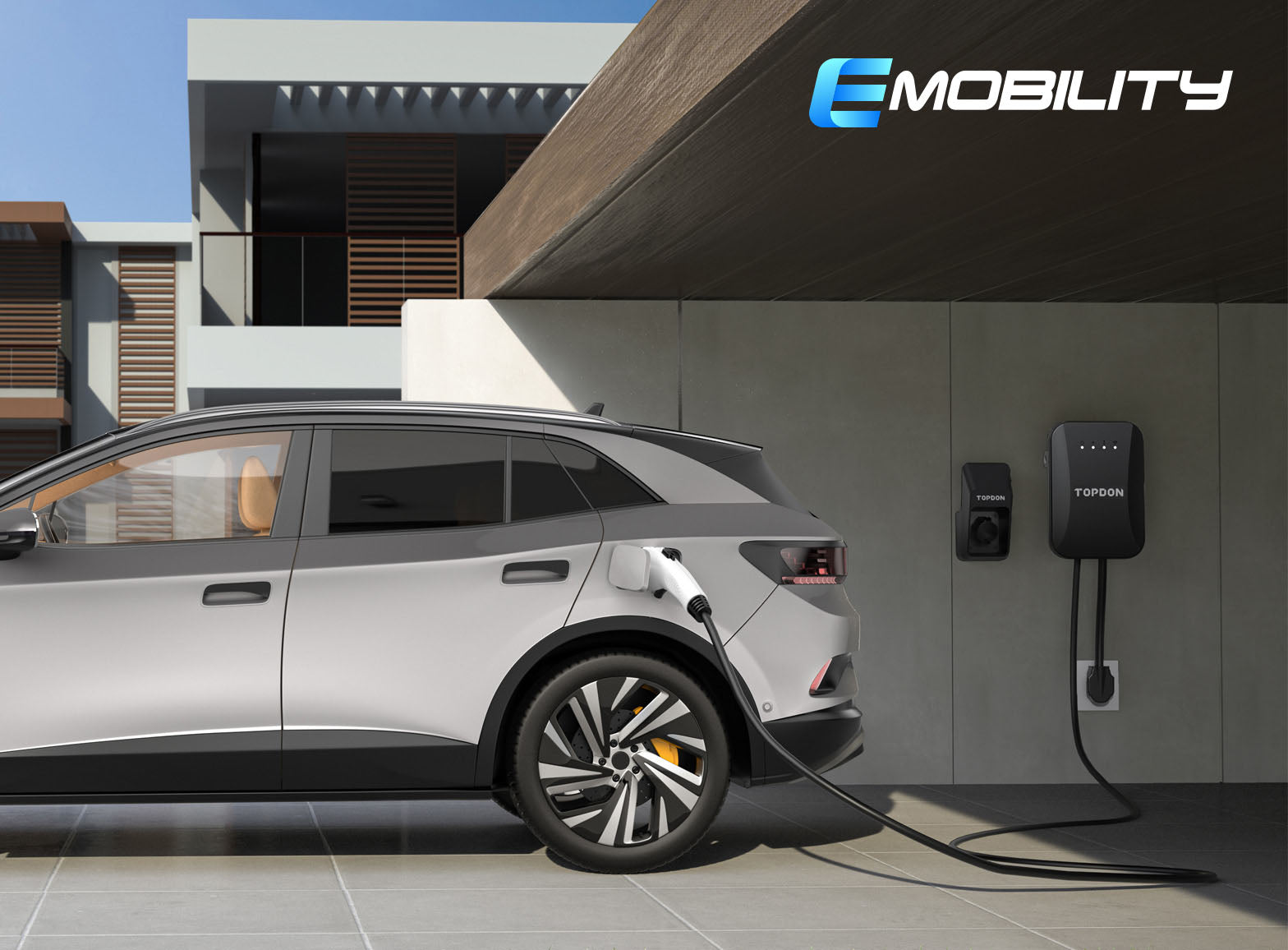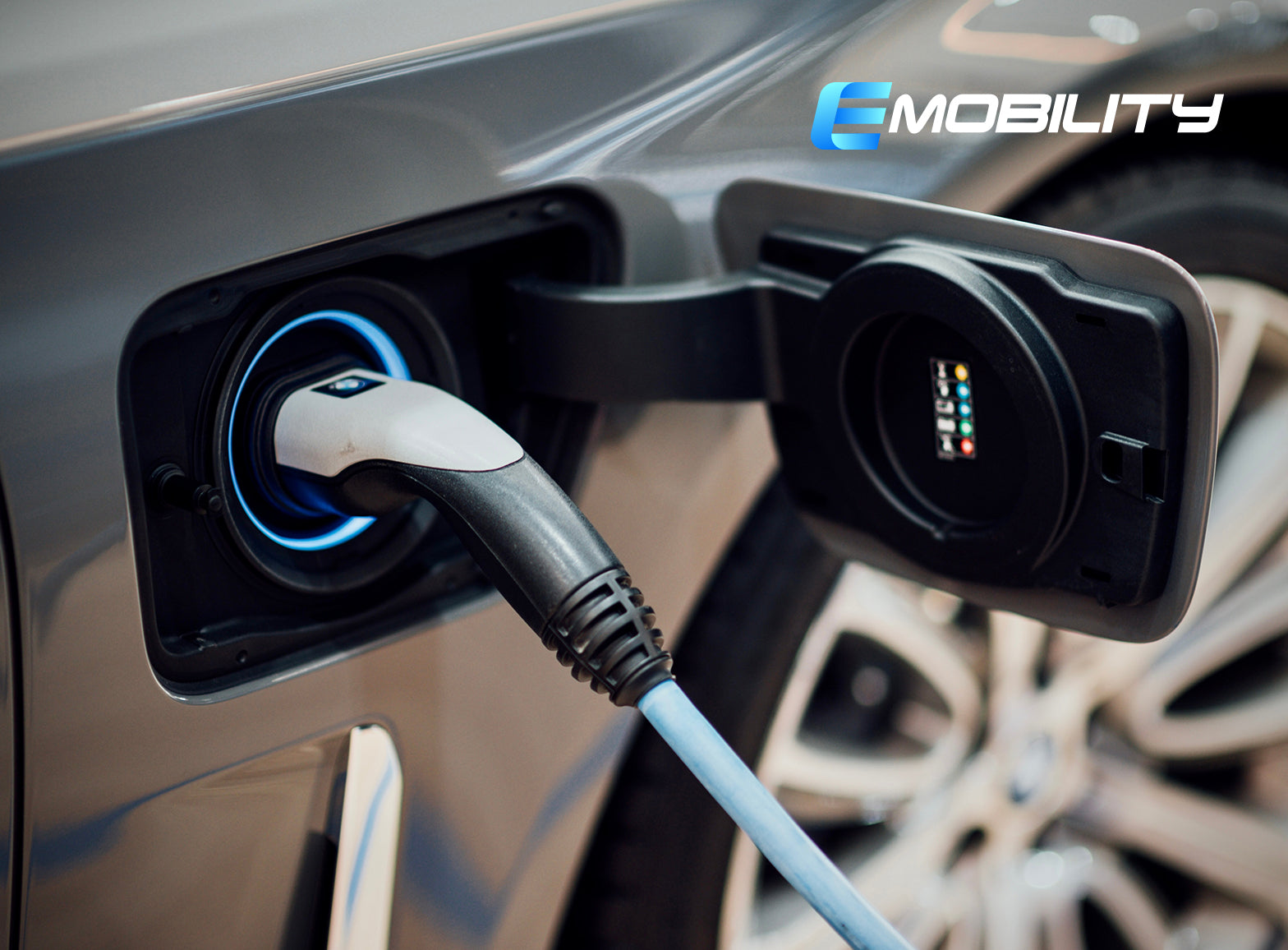One of the most frequently asked questions about electric vehicles concerns charging time. In recent months, scenarios of waiting for hours by a roadside charging station or at home while your vehicle charges have worried would-be EV drivers. Although there is no definitive answer to the question — as many vehicles and chargers differ — within those parameters, we can narrow down the answer. An EV's charging time is based on the following factors:
1.Battery size. Larger batteries take longer to charge than smaller ones (a standard EV has a 60kWh battery).
2.Charging speed. Charging speed is limited by the capabilities of the charger, EV, and the environment. (It takes longer to charge in colder weather than warmer).
3.The type of charger. There are three main types chargers: Level 1, Level 2 and Level 3 (also known as DC fast charging). Level 3 charging uses high-voltage DC power and is the fastest.
Generally speaking, a Level 1 charger which can plug into a standard 120 volt home outlet, can take over 24 hours to charge an EV. A Level 2 charger which uses 240V (in residential applications), is common for home use and takes 4-10 hours. A Level 3 charger can take 30 minutes to an hour to charge and EV.
Electric car turbo chargers are still relatively new technology, and they are not yet widely used in production vehicles. They allow customers to recharge their vehicles faster than most European charging networks. In the case of Porsche, who have been developing their own turbochargers, depending on the model, they can charge up to 100 km in only 5 minutes.
The amount that you need to charge your cars depends on your usage. The less miles you drive the less you will need to charge your car. Charging an EV overnight or during periods of low energy demand is the most economical charging method. Also, only using enough power to charge through the next day or two, helps to reduce the overall cost of charging and is more environmentally friendly.
Solar Panels
Solar panels can dramatically reduce the environmental impact of EV charging as the electricity is generated from a renewable source. These can be used in conjunction with your Level 2 charger. You will need between 8-12 solar panels to charge most EVs. The specific number of panels required depends on your EV, battery size, and sun exposure amounts. Theoretically, the more sun, the fast the charging.
PulseQ AC Home — A Game Changer
With all these variables to bear in mind, choosing the ideal Level 2 charger, with hundreds now on the market, can be confusing. That's why TopDon's PulseQ AC home charger is a game changer. Its high adaptability takes the brain strain out of picking a suitable charger as it can conform to its users' needs rather than the other way around. Its standout features include:
Compatibility: It is compatible with most AC electric vehicles because the IEC62196-2 Type 2 connector eliminates most brand barriers to electric vehicle owners. It is suitable to include Tesla (adapter needed), Ford, GM, Volkswagen, Nissan, Audi, and more.
Multiple Mounting Options: The compact design and multiple mounting options are designed to save space in the garage as well as be suitable for exterior mounting
App accessibility: The PulseQ AC Home's interface can be accessed and adjusted through an app for convenient and economical off-hours charging. Unique features include the ability to schedule charging times, check charging mileage and cost, get fully charged notifications, and adjust the charging current. Administrator permissions also allow multiple simultaneous users.
Safety and Charging Flexibility: The Pulse Q charging station has passed industry-standard certifications, including CE-EMC, LVD, RED, and RoHS, as well as REACH testing, which means it is safe and durable, allowing you to charge your vehicle with peace of mind. Additionally, it can scale across Level 2 charging specs to 7KW, 11KW, and 22KW optional, allowing efficient, fast charging. It has the following certified protections:
•Under Voltage protection,
•Over Voltage protection,
•Overload protection, Over-Temp protection,
•Short Circuit protection, Ground protection,
•Earth Leakage protection (DC 6ma + Type A)
•Lightning protection.
Exterior Use: The Pulse Q is ideal for exterior use. Made with flame-retardant materials, this charging unit can operate in environments of -22°F to 131°F (-30℃ to 55℃), and in 95% humidity. The dust-proof and water-resistant case with IP65 and IK10 protection rate make it suitable for of the harshest climates.
Durable Charging Cable: A durable charging cable made of PVC and copper can accommodate up to 32A. This 16.4 ft cable allows maximum flexibility. Additionally, there is a 25ft extendable option with convenient storage features.
Summary
If you are concerned about charging speed and wondering which charger to get, take a good look at the PulseQ AC Home. This groundbreaking charger can adapt to your car(s) and optimize charging capabilities without compromise. Drivers understandably have many questions about the transition from ICE vehicles to EVs, but deciding on which charger to buy, doesn't have to be one of them.




Leave a comment
This site is protected by hCaptcha and the hCaptcha Privacy Policy and Terms of Service apply.